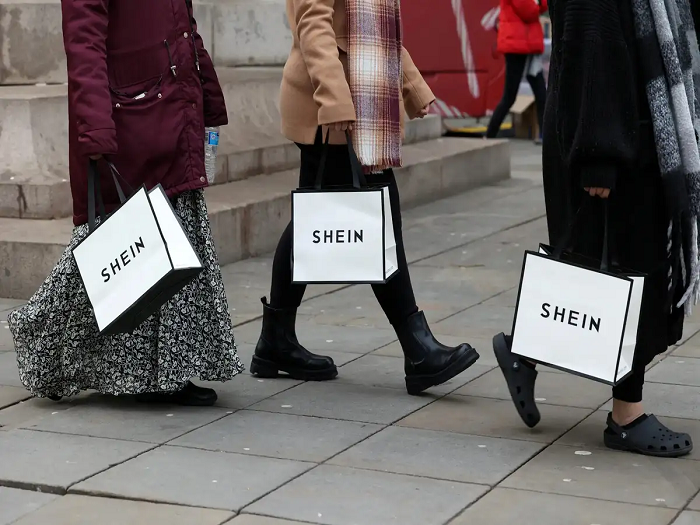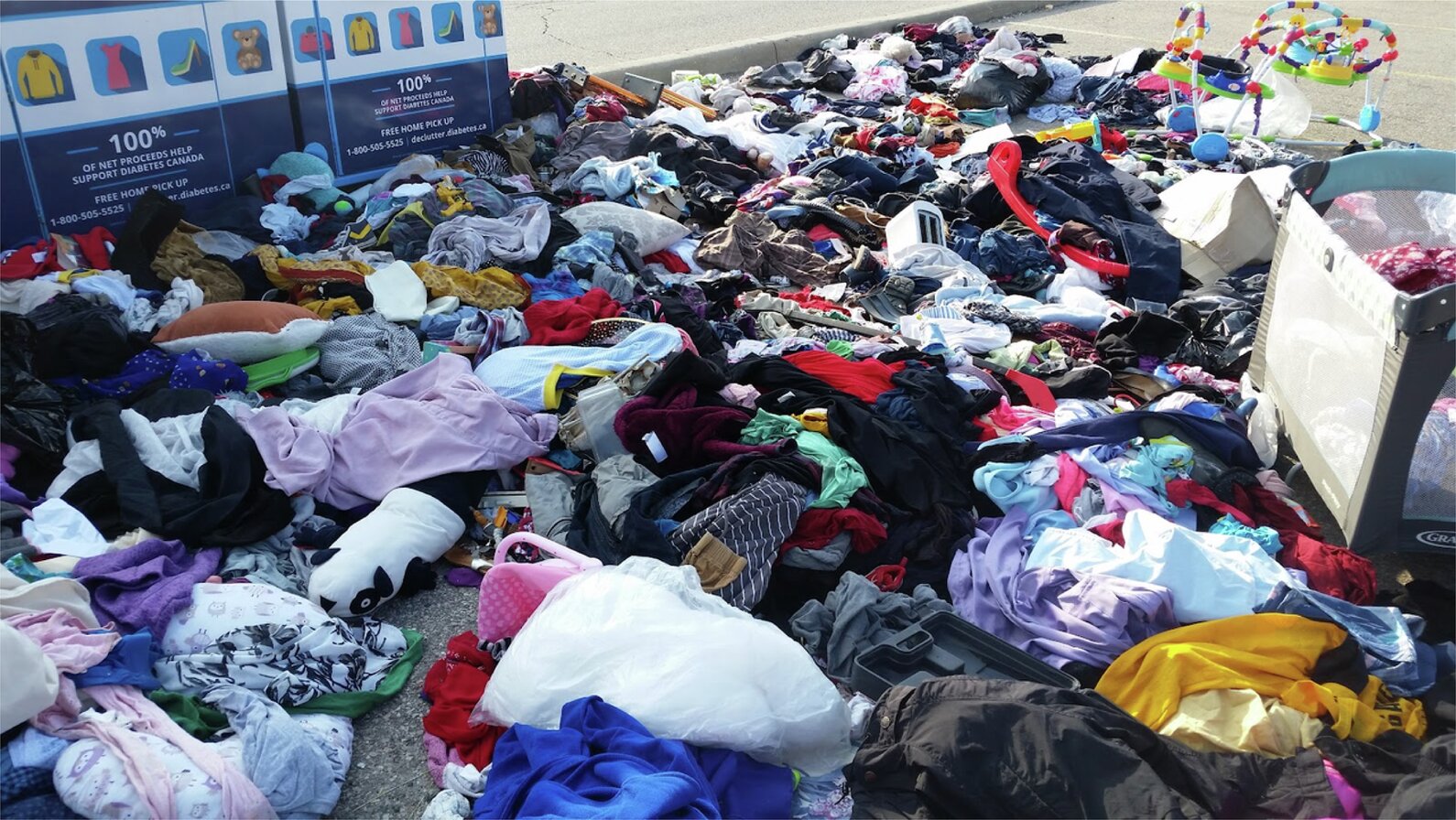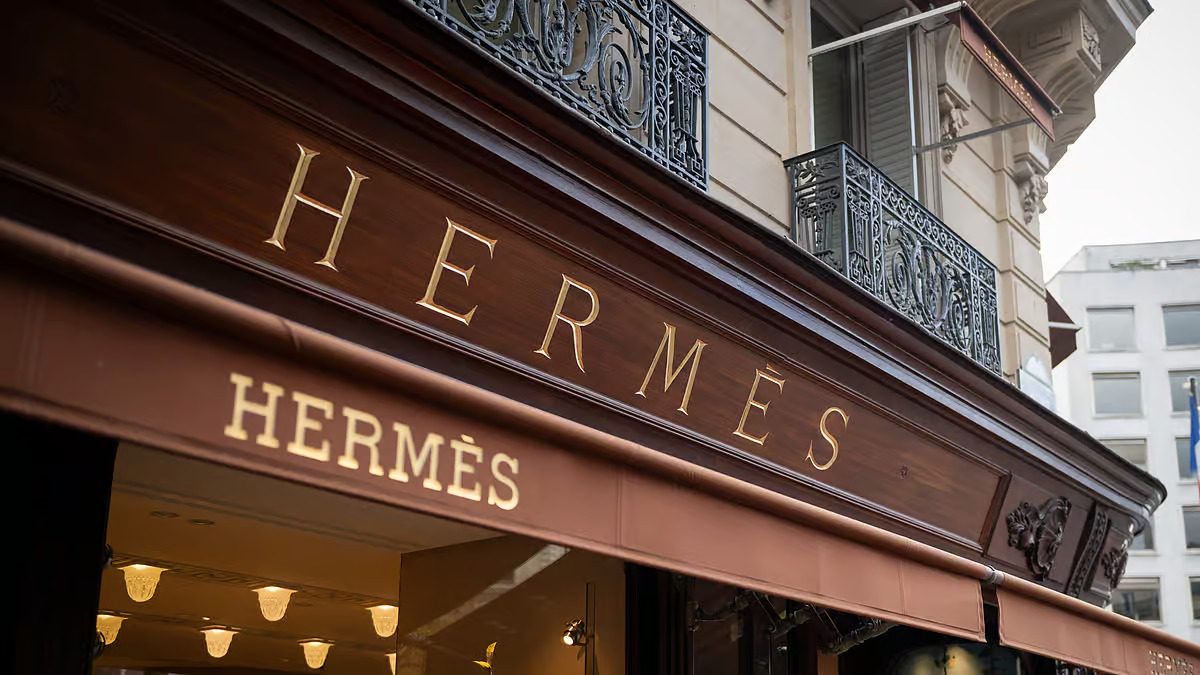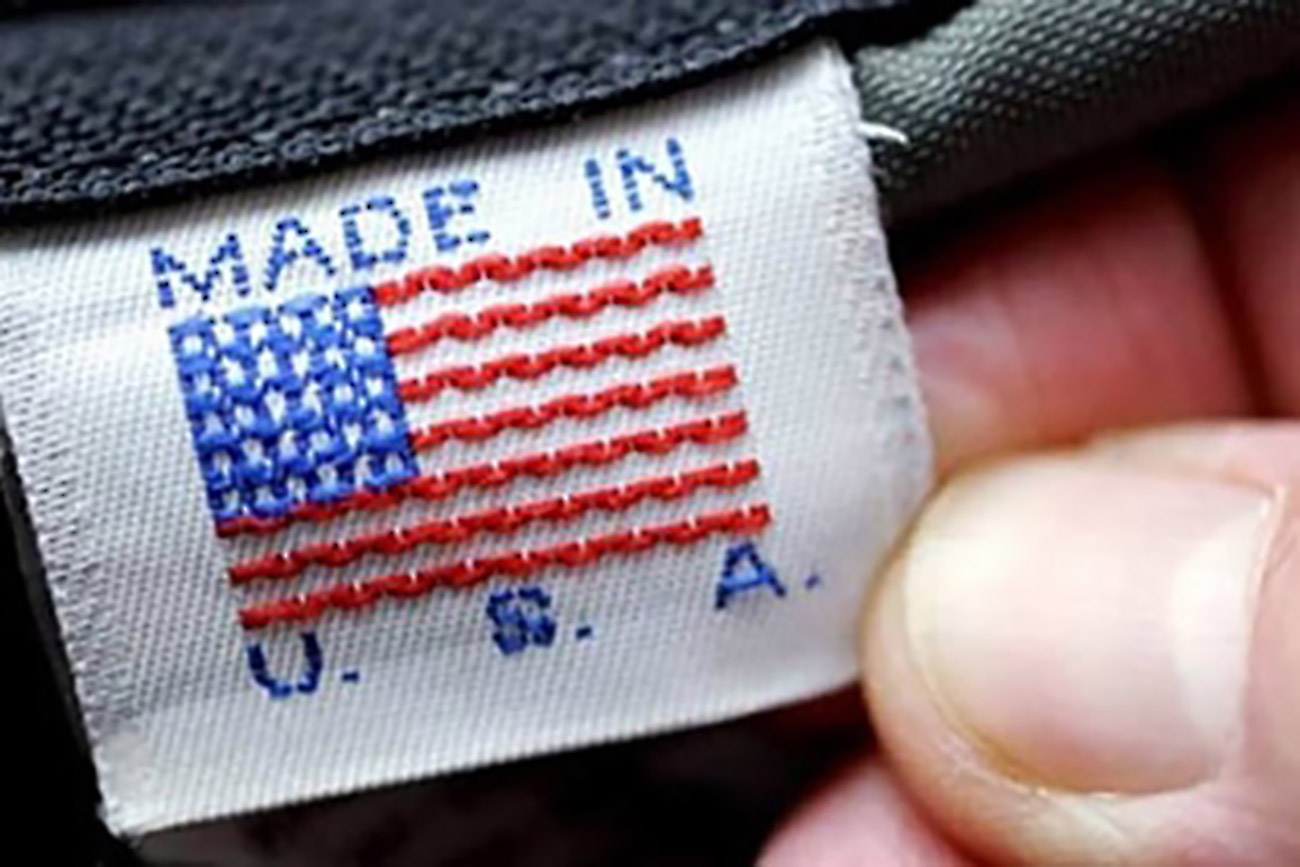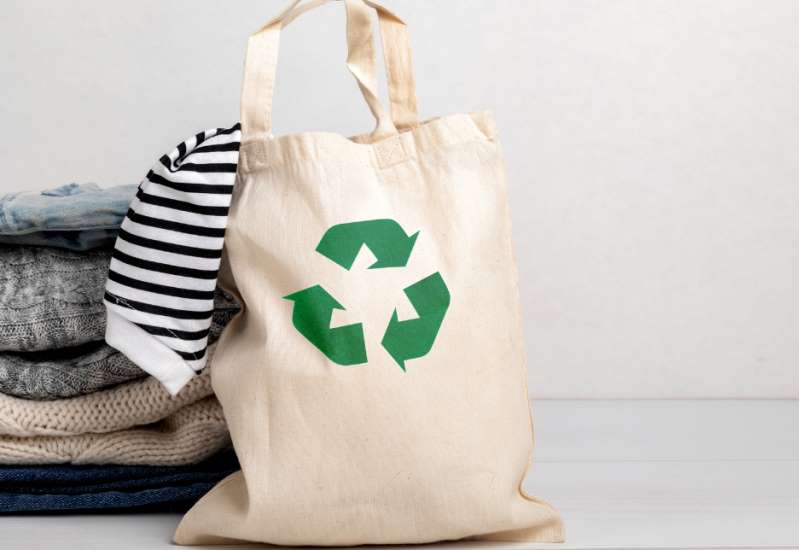FW
Kolkata-based Ventures won the Grand Jury Award at Premiere Vision 2016 in Paris. The award was for the most outstanding and innovative fabric for the year. This is the first time an Indian company has won a prize for innovation at the trade event held around the world in which professionals from across 120 countries exhibit their products. The fabric presented by Ventures was a creation of hand-painted pearls that are coated and then stitched on to a base, while maintaining the free flowing movement of each individual pearl.
Ventures is a manufacturing export house, established in 1994, with close to 3,000 employees. The company is engaged in export of high value added textile products and garments, specialised embroidery and weaves for some of the top luxury brands in the world. The event in which Ventures participated is mainly divided into six categories: yarns, fabrics, leather, design, accessories and manufacturing.
The Grand Jury was all praise for the company’s creation and described it as magical and totally subtle and said it was possible to imagine it in a range of colors, in various combinations, and figurative motifs. This win has proved Indian handmade craftsmanship can be a strong contender in the global market.
One may have seen women dressed in silk, wooly collections or cotton attires taking to the catwalk in a fashion show, but this was for the first time that an entire collection of knitwear was displayed on an Indian ramp. The event was the just-concluded India Runway week Season 7of the Indian Federation for Fashion Development (IFFD) that saw knitwear taking the centre stage.
The event saw models sashaying down the ramp showcasing Deblina and Atul’s (D n A) collection titled Arabesque entirely made up of eco and skin-friendly bamboo yarns. Leaving grand platforms like Amazon, Wills and Lakme behind, IFFD stole the show by becoming the pioneer in incubating and presenting a label with a twist of innovation using knitwear as the sole technique of knitting design into every loop with bamboo yarn Bamboo, which creates only 30 per cent carbon footprint as compared to cotton, is being envisaged as the fibre of next decade.
The show was an interesting mix of full-length dresses knitted in intricate floral motifs and flaunty drapes and fall. The range of shrugs and capes showcased with the contemplating enlarged sleeves and spiral falls in knits stylised the models who symbolised our inner goddesses. The knitwear low crotched pants in filligary motifs couples with the intricate handwork on the entire leg length was a perfect complement for the light weight feather design jacket showcased.
The tempered jodhpuri pants, which came in strategically placed pleats was a riot along with the balloon sleeves floral design knitwear cropped top. Shrug got a new dimension with the enlarged bottom ravelling created in the rose knitwear.
Knitwear slouch pants in floral and peek-a-boo motifs with boxy fit hand knitted structured top was an interesting Arabesque. The floral jacket made in 3D was first of its kind, noticed on an Indian ramp. Show stealer was the final larger than life ‘Elizabeth gown’ that would be a perfect dress for a cocktail party.
An interesting amalgamation of nature’s gift bamboo, skilled by innovation, the designer’s interpretation of motifs and the silhouettes was plainly flaunting to hold ones breath for the entire duration of the show and left one asking for more at the end of it. At the end of it all, one wondered when they would wear apparels made of skin-friendly bamboo yarns.
To contest the moving away from wool production in Australia, European luxury fabric and suit makers have set up Wool Excellence Clubs. They would reward the very best Australian wool producers with top prices. The club, set up by Italian fabric maker Vitale Barberis, has 23 members in all.
The Australian Wool Network is also offering some super fine producers, contracts and premium prices to supply it with wool. All the 23 members in the club have to meet strict conditions, their wool has to be from Saxon Merinos and should have the right elasticity and density. The Tasmanian southern Midlands property of Miena, owned by 91-year-old patriarch Des Manning, is one of the club's exclusive members.
Australian sheep numbers, particularly those of the superfine variety, have fallen sharply in the past 50 years from a high of 180 million in 1970 to a near record low of about 70 million as of today. Many have been lured away from wool farming because of changing demands, the decline in profitability of wool, the increase in production of other fibres and good lamb, mutton and beef prices. The contract with Vitale Barberis is a more lucrative proposition than selling at the weekly Melbourne Wool Auction, with the Italian company offering 20 to 30 per cent higher prices.
With an aim to ensure some compliance including workers' rights, the International Labour Organisation (ILO) is planning to widen its Better Work (BW) program to 225 readymade garment factories of Bangladesh by mid-2017. Besides, other important objectives of the program are to help apparel makers enhance their competitiveness, create brand image and reduce audit burden on the global supply chain, said Louis B Vanegas, Program Manager of BW Bangladesh.
At present, 98 garment factories are registered with the BW Bangladesh program. In all, they employ 201,995 workers. As many as 31 foreign buyers partner with the program, while some 19 foreign buyers including H&M, Gap and PVH source apparel from those units. BW, a joint partnership of ILO and International Finance Corporation, was established in 2009 to improve working conditions, productivity, quality and competitiveness of garment factories in the global supply chains. At present, BW is in operation in seven countries namely Bangladesh, Cambodia, Indonesia, Vietnam, Jordan, Haiti and Nicaragua and engages 1,300 factories employing more than 1.6 million workers.
Government representatives, garment manufacturers, clothing brands, labor organizations and other key affiliates gathered in Boston last weekend to address the Bangladesh apparel industry’s environmental state at a conference titled ‘Sustainable Models for the Bangladesh Apparel Industry.’ Held at Harvard University, the third-annual day-long event focused on building a greener model for the Bangladesh apparel sector. This will help put the nation in a competitive place while supporting supply chain workers.
Speakers emphasized that for Bangladesh to compete in the global apparel market it must maintain cost-efficiency and comply with employees’ health and safety standards. The discussion recommended improving stakeholder relationships and increasing sustainability in the industry.
Economic adviser of the Bangladesh prime minister Mashiur Rahman inaugurated the conference with a keynote speech about the garment industry’s compliance and sustainability progress. He informed his audience that the Bangladesh government was working with international partners to achieve many initiatives including improving workers’ rights and reducing carbon footprint.
Amy McGann, foreign affairs officer at the US Department of State, noted that the American government will re-evaluate its GSP designation for Bangladesh if it meets all compliance and sustainability requirements. Highlighting the country’s economic potential, World Bank economist Yevgeniya Savchenko said that the nation could easily take market share away from other Asian nations if it makes progress on garment safety and sustainability.
Shawkat Aziz Russell, VP, Bangladesh Textile Mills Association (BTMA), ended the discussion by noting that the country’s old factories have been upgraded to meet compliance initiatives. He also said that although resource access is still challenging, new factories are more environmentally-friendly and safe for workers.
Four panels were also held to address environmentally-friendly solutions which included supply chain compliance and the need for fair price strategy and shared responsibility, trade policy and worker’s rights, strategies for environmental sustainability development. A roadmap for the Bangladesh apparel industry to achieve $50 billion in sales by 2021 was also unveiled.
American clothing giant Phillips-Van Heusen Corporation, that owns brands like Calvin Klein and Tommy Hilfiger could potentially source over a quarter of its garment production from Africa within five years, according to the company’s CEO Emanuel Chirico.
Opening up on the topic, Chirico said that his company has been involved in Africa for over 10 years and it represents a little over 5-6 per cent of its global production. He further said that the production could grow over the next five years to something that would approach over 25 per cent. He was talking at a panel discussion at last week’s US-Africa Business Forum in New York.
Chirico noted that Eastern Africa has been identified as a clothing production destination. The company has already been manufacturing some garments in Kenya and has recently set up a factory in Ethiopia’s Hawassa Industrial Park, a mega facility located 275 kms southeast of Addis Ababa.
Going into details, Chirico said that East Africa shows great promise and it is for a number of reasons. One, the partnership that has been built between the industry, government and also the donor base to really invest behind the training of workers and to make sure the facilities are set up in the appropriate way, from a corporate social responsibility point of view.
While Asian countries like China and Bangladesh remain top sourcing destinations for clothing, they are facing a number of economic and social challenges that are making them less attractive to global brands. These include rising Chinese production costs, labour-rights violations and workplace accidents like the collapse of a Bangladesh factory three years. On the other hand, Ethiopia and Kenya have the potential to become big competitors in global apparel manufacturing, according to research firm McKinsey & Company. These markets already benefit from duty-free access to the US market under the African Growth and Opportunity Act (AGOA).
The British Wool Marketing Board (BWMB), is seeking new County members for its regional committees the length and breadth of the UK. County members are the BWMB’s grassroots representatives, attending two regional meetings and one annual conference each year. This is an essential point of contact for the 40,000 wool producers who market their wool through the Board.
BWMB Chairman Ian Buchanan believes that the county members play a fundamental role in the running and success of BWMB through their local contacts and knowledge as well as serving as the public face of the Board in many areas. The support of 81 County members is essential in helping raise awareness of BWMB activity to wool producers helping them to understand how the Board operates and changes which they may be seeing at the farm level.
Washing clothes has been widely reported as a contributor to micro plastics pollution. A study released in June by the University of California Santa Barbara, in association with a clothes company Patagonia found that each wash of a synthetic fleece jacket released on an average of 1.7 gms of microfibres.
Not only that, each cycle of a washing machine releases more than 700,000 microscopic plastic fibres into the environment, says another study. A team at Plymouth University in the UK spent 12 months analysing what happened when a number of synthetic materials were washed at different temperatures in domestic washing machines using different combinations of detergents to quantify the micro fibres shed. They found that acrylic was the worst offender releasing nearly 730,000 tiny synthetic particles per wash, five times more than polyester-cotton blend fabric and nearly 1.5 times as much as polyester.
These micro fibres track through domestic wastewater into sewage treatment plants where some of the tiny plastic fragments are captured as part of sewage sludge. The rest pass through into rivers and eventually, oceans. A paper published in 2011 found that micro fibres made up 85 per cent of human-made debris on shorelines around the world.
The impact of micro plastic pollution is not fully understood but studies have suggested that it has the potential of poisoning the food chain built up in animals’ digestive tracts, reduce the ability of some organisms to absorb energy from foods in the normal manner and even to change the behaviour of crabs. These tiny plastics are just the tip of the iceberg of the estimated 12m tons of plastic that enters the sea every year, revealed Louise Edge, oceans campaigner at Greenpeace UK.
Africa is looking increasingly attractive to US clothing manufacturers. Though Bangladesh and China remain top sourcing destinations for clothing production, China is facing wage pressures and rising production costs and Bangladeshi garment factories are facing safety issues.
American clothing giant Phillips-Van Heusen Corporation, which owns the Tommy Hilfiger and Calvin Klein brands, sources five to six per cent of its global production from Africa. Over the next five years it hopes to make that 25 per cent. However, buyers need to evaluate the region as a true strategic option rather than just a testing ground.
East Africa in particular is a clothing production destination, thanks in part to strong public-private partnerships. Labor is abundant and well educated in Ethiopia, the second most populous African country. Ethiopia has cost advantages: low wages, relatively cheap work permit visas for foreigners, and low electricity prices boosted by investment in renewable energy.
H&M started sourcing from Ethiopian garment producers in 2013. Since labor is cheap in Africa compared to ever increasing wages in Asia, more companies will be looking to move operations to Africa. Ethiopia and Kenya benefit from duty free access to the US market under the African Growth and Opportunity Act. Both could compete globally in apparel manufacturing.
"The World Fashion Convention kicked off in Mumbai today. The two day convention being held on September 27 and 28, 2016 is being hosted by the International Apparel Federation (IAF) and the Clothing Manufacturers Association of India (CMAI). In his opening speech Rahul Mehta President IAF & CMAI spoke about how IAF has been working and supporting various countries. Siting Bangladesh highlighted how IAF played a pivotal role to in uplifting the apparel industry. He said “IAF- provides very active n dynamic support to its members."

The World Fashion Convention kicked off in Mumbai today. The two day convention being held on September 27 and 28, 2016 is being hosted by the International Apparel Federation (IAF) and the Clothing Manufacturers Association of India (CMAI). In his opening speech Rahul Mehta President IAF & CMAI spoke about how IAF has been working and supporting various countries. Siting Bangladesh highlighted how IAF played a pivotal role to in uplifting the apparel industry. He said “IAF- provides very active n dynamic support to its members.” Mehta said, one of the main goals of every IAF convention is to connect in a profound way the local fashion industry of the host country to the global fashion industry. “India stands out for the size of its domestic market, for its enviable growth rate, for its deep rooted own design tradition, but also for its enormous complexity. In a sense it is also a strong metaphor for emerging economies in the world in general."

The event kicked off with 300 leading delegates both from India and across the world. The two day convention has leading industry stakeholders across the value chain deliberating and presenting insights on various opportunities covering the entire spectrum from manufacturing to technology to branding and retailing.
A packed line up of informative sessions
The two day convention is packed with insightful and informative sessions. The first session ‘New opportunities in Sourcing’ focuses on emergence of Bangladesh, India and a few African nations as major sourcing destinations for apparel brands and manufacturers worldwide in the last decade, with China facing issues of a sharp rise in wages in. Moreover, improved business climate in countries like India has worked in favour, making it a preferred sourcing destination. The session highlights emerging opportunities in these 'new' sourcing destinations and prospects of forging partnerships with local players. It focused on how 'traditional' manufacturing economies are retaining their position in global apparel production chain. The session will include brief presentations and a panel discussion by experts who will share facts and give insights in the global context. The presenters include Prashant Agarwal Jt. Managing Director Wazir Advisors, Alex Thomas, Vice President, VF Corporation, Ms. Belinda Edmonds, Executive Director African Cotton & Textiles Industries Federation (ACTIF), speaking for Africa, Faruque Hassan, Senior Vice President, Bangladesh Garment Manufacturers and Exporters Association (BGMEA), speaking for Bangladesh, Ashok Rajani, Chairman, Apparel Export Promotion Council (AEPC), speaking for India, Alexander Shumsky, Executive President, Russian Fashion Council, speaking for Russia among others.
Session 2 focuses on new opportunities in retailing. With growing strength of retail market in emerging nations; Global retailers face the puzzle of combining the specific demands of Indian consumers with their standardized retail structure and operational processes. The session focuses on emerging trends and opportunities in retail sector at the global level and how would these trends translate to the Indian market. How retailers are trying to create a seamless shopping experience while addressing the channel conflict. The session also seeks to answer questions and offer insights into future of fashion retailing. Among the top speakers in this session is B S Nagesh, Founder, TRRAIN and the panellist include Aniruddha Deshmukh, MD& CEO, Mafatlal, Govind Shrikhande, MD, Shoppers Stop, Rakesh Biyani, Director, Future Group, Vinay Nadkarni, MD & CEO, Globus, Manish Mandhana, MD, Being Human & Mandhana Ind.

Session 3 focuses on ‘New opportunities in Technology’. The focus here is on the growing importance of technology in efficient garment processing, use of IT tools in business and business process re-engineering are new driving forces for growth of textile and apparel industry. The idea of the session is to learn from the experts about various technologies, processes and methods that will help in achieving the above mentioned goals. With Mike Fralix, President & CEO, [TC] 2 as the moderator, the session has an impressive lineup of speakers including Mark Jarvis CEO, WTiN, Philippe Ribera, Innovation Director, Lectra, Simon Fernandes, Regional Director, Alvanon, Ms. Vonita Samtani, Vice President (Strategic Channel Partners), WGSN among others.
Session 4 focuses on ‘New Opportunities in Denim’ the session will look to help denim players build on the potential opportunities existing across denim value chain. With Deval Shah, Business Head – Diesel & GAS, Reliance Brands, Harminder Sahni MD, Wazir Advisors as moderator the penalists include Claudio Grotto, Founder, GAS Jeans, Anurag Asthana VP (Sourcing) Myntra, Subir Mukherjee, Business Head (Denim), Bhaskar Industries, Sanjay Vakharia, Director & COO, Spykar Lifestyle among other top names. Session 4 focuses on brand and new opportunities there with. It delves on how should brands look at branding to stay relevant and connected to their core consumers? How are brand strategies evolving in this dynamic world? This session seeks to answer some of these questions and offer insights into new opportunities in branding in global context. The keynote presenter is Bruce Atherley, Executive Director, CCI with moderator Darlie Koshy, DG & CEO, IAM & ATDC and the panellist include Ashish Dixit, President, Madura Garments, Gaurav Mahajan, President (Apparel), Raymond, Ms. Manjula Tiwari, CEO, Future Style Lab, J Suresh, CEO & MD, Arvind Brands among others.


